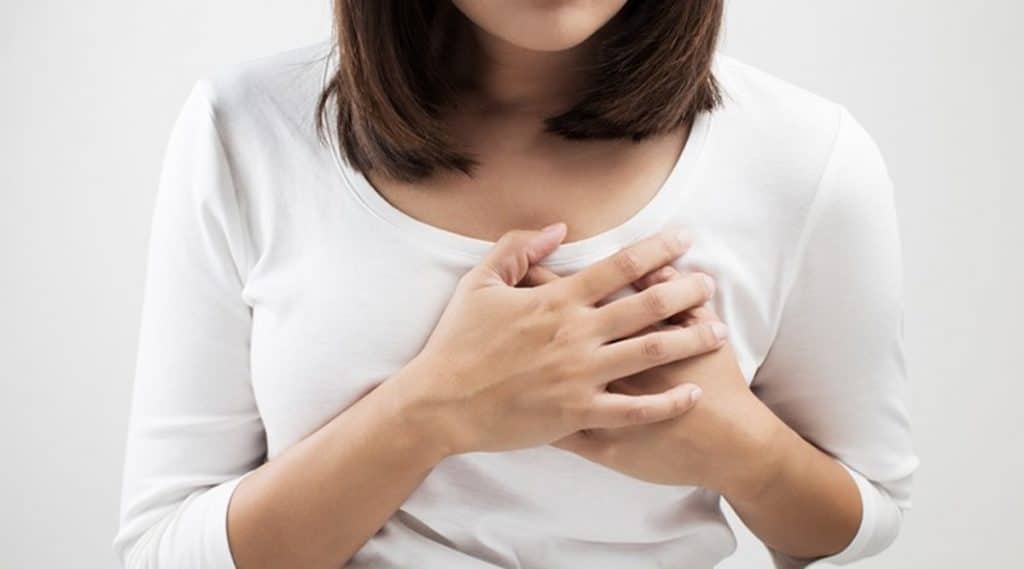I, for a long time, thought that heart attacks look like the “classic” ones you see in the movies–guy clutches at his left arm and chest and then goes down. But, as it would turn out, this is wrong–and it’s especially wrong when it comes to women, which may explain why it’s always a guy grabbing his chest and falling over in the movies. We simply did not understand that women have heart attacks, too, and the symptoms aren’t going to mirror what we view as the classic signs.
When you are having a heart attack, the muscle cannot get oxygen because the blood flow to your heart has become blocked. If you are not treated right away, the heart muscle will stop pumping and start dying. While coronary heart disease is often the cause of an heart attack, an artery can become blocked if a clot forms, as well.
Heart attack signs vary greatly by person, and they might not come all at once. Some people, especially women, have few or close to no symptoms despite experiencing a heart attack, as noted by the National Institutes of Health (https://www.nih.gov/news-events/news-releases/heart-attack-symptoms-women-are-they-different).
According to the National Heart, Lung and Blood Institute, some common heart attack symptoms are as follows (https://www.nhlbi.nih.gov/health-topics/all-publications-and-resources/heart-attack-know-symptoms-take-action-wallet-card):
• Sudden dizzy spell
• Unusual fatigue
• Feeling lightheaded
• Cold sweats
• Nausea
• Shortness of breath
• Discomfort in the upper body
• Pain or discomfort in the chest
Note that some people who have experienced heart attacks have also mentioned feeling pressure on the chest, as if an elephant was sitting on it.
Research, as reported by Fox 6 News, also has found that women are less likely to report chest pain from a heart attack and more likely to view the heart attack symptoms as stress or anxiety than men (https://fox6now.com/2018/02/20/why-heart-attack-symptoms-are-sometimes-missed-in-women/).
The key to heart attack survival is detection and treatment. If you feel as if something may be wrong, be sure to get emergency treatment even if you don’t have a numb left arm or chest pain. It’s much better to be safe than sorry, and it’s much easier for medical personnel to help you if you come in for treatment as soon as you realize you might be in trouble. Swift action could save your life, and if it turns out you’re not having a heart attack, it is not going to be a big deal!




